With Little Chinese Everywhere ...
[640],shadow=true,start=,stop=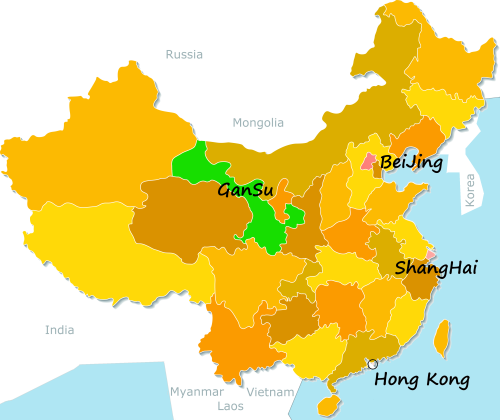
Live more ...
 DunHuang oasis in the Gobi desert, GanSu province
DunHuang oasis in the Gobi desert, GanSu provinceWith Little Chinese Everywhere ...
[640],shadow=true,start=,stop=

|
Capital of JiangSu province.
|

|
Beautiful sweeping scenes ...
|
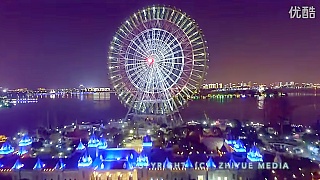
|
In particular, the SuZhou Industrial Park by JinJi Lake (first video).
|
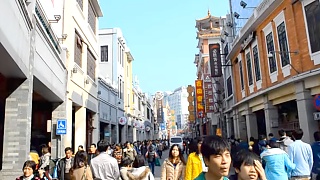
|
Keep the love ...
Excellent cinematography
|

|
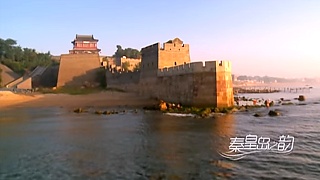
|
Where the Great Wall of China meets the sea, HeBei province, east from BeiJing ...
|
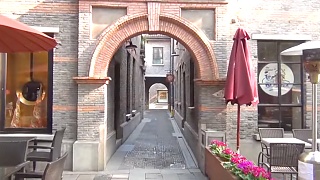
|
Cafe culture, boutiques, galleries ...
|
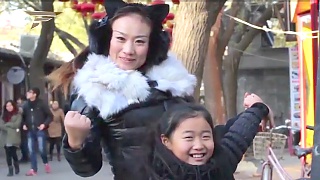
|
In the heart of old Beijing, a variety of young women describe their threads ...
|